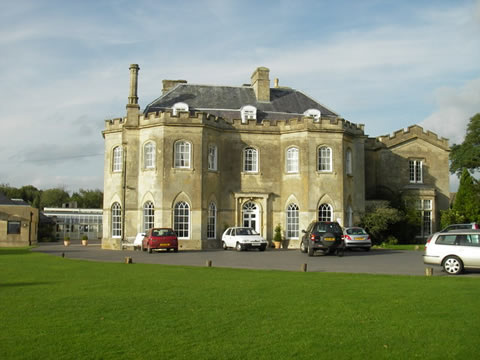There are approximately 2,500 Independent Schools in the UK. 1,280 of these schools are members of the Independent School Council (ISC). The ISC produces an annual census. The highlights of the census reported in this article reflect the position in the 2015/2016 school year.
It was estimated that there are 625,000 children receiving private education and the vast majority (517,113) of these attended an ISC school.
This was the highest number of pupils in ISC schools since records began in 1974. The greatest year on year rise was in Greater London, whilst the number of pupils in Wales dropped by about 4%.
The proportion of overseas pupils was 5.3%, the same as the previous year. The proportion of students attending co-educational schools was 74.7%, an increase of 0.8%.

The proportion of pupils with Special Educational Needs and Disability (SEND) was 13.2%, up 0.4% on the previous year.
The proportion of minority ethnic students was 30%. This is slightly higher than the proportion in state funded schools.
The ISC estimated that pupils, on average, spend 4-5 hours a week engaged in sporting activities which is more than double the national average. 1-2 hours a week was spent in performing art activities.
Over £10m was raised for charities in ISC schools. 799 ISC schools offered volunteering opportunities for their pupils.
The increasing cost of private education
The average fee increase for 2015/16 was 3.5%, the lowest since 1994. However, over the past 25 years, private school tuition fees have risen by 364%. For boarders, the fees have increased by a staggering 453%. The consumer price index has only doubled over the same time period and average earnings have only increased by 117%.
(SFIA expect the cost of private education to continue to grow at 6% per year on average.)
The average fee increase for 2015/16 was 3.5%, the lowest since 1994. However, over the past 25 years, private school tuition fees have risen by 364%. For boarders, the fees have increased by a staggering 453%. The consumer price index has only doubled over the same time period and average earnings have only increased by 117%.
(SFIA expect the average private school tuition fee to continue to grow at 6% per year.)
Fee assistance
More than £850m was provided in fee assistance, with £700m coming from ISC schools themselves. Nearly half of the amount given was means tested. 5,629 pupils paid no fees at all.
State School partnerships
1,112 ISC schools were in partnership with state schools in 2016 and it was estimated that this included 160,000 state pupils. The benefits to state schools included the seconding of teaching staff; shared classrooms and sporting facilities; and shared knowledge and skills.
Academic results
Half of the A-level entries at ISC independent schools achieved A* and A grades in the summer of 2015, which is nearly double the national figure. Two-thirds of independent school pupils (who entered) were awarded A* and A grades in GCSEs, compared to a fifth nationally.
92% of all ISC pupils went on to higher education in 2015. 6% of ISC pupils gained places at Oxford or Cambridge, a further 50% to other Russell Group universities (24 research-intensive, world-class universities).
You can view the full annual census report via this link
Image credited to © Copyright David Hawgood and licensed for reuse under this Creative Commons Licence
